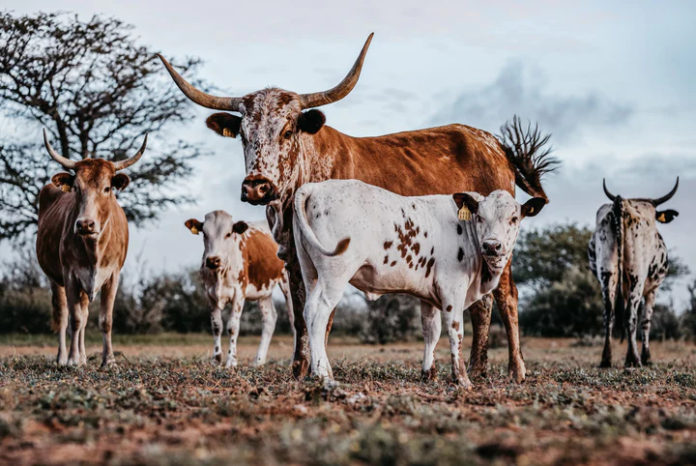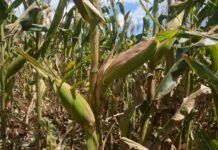Rewilding landscapes using elements of farming practice can help to restore ecosystems and produce high-welfare, high-quality food, researchers say.
‘Agricultural rewilding’ can also help to overcome concerns about the impact of rewilding on livelihoods and produce “win-win” environmental and human benefits, according to the researchers.
Agricultural rewilding involves restoring ecosystems via the introduction, management, and production of livestock with domestic species (typically hardy, native breeds) acting as analogues for their wild counterparts.
Researchers say combining rewilding and agriculture in this way helps to address some of the key concerns related to rewilding – the exclusion of people and agricultural work from the land, and reduction in food self-sufficiency.
It can also support the production of high-quality, high-welfare, high-value meat that is environmentally, ethically, and financially sustainable.
Conventionally, rewilding seeks to remove or reduce human intervention in a landscape in order to restore damaged ecosystems. Researchers argue that agricultural rewilding can achieve ecological benefits such as habitat restoration, tree planting, and natural flood management while still allowing for human management of land.
The paper was first presented at the conference of the European Society for Agricultural and Food Ethics and is now published in Transforming food systems: ethics, innovation and responsibility. The work was a collaboration between Virginia Thomas from the University of Exeter, England, and Aymeric Mondière, Michael Corson, and Hayo van der Werf from the French National Research Institute for Agriculture, Food, and the Environment.
Dr Thomas said: “Agricultural rewilding offers the potential for win-win scenarios in which biodiversity is increased and ecosystems are restored along with active human intervention in landscapes and the provision of livelihoods which are financially and environmentally sustainable.”
“Agricultural rewilding can potentially have biodiversity benefits over those of conventional rewilding since it can create and maintain habitats which may be lost in “hands-off” rewilding practices and whose loss would pose a threat to habitat-specialist species.”
“Furthermore, extensive farming as part of agricultural rewilding offers an advantage over more intensive agriculture in that animals can be kept in naturalistic conditions and in accordance with high welfare standards.”
“Domestic livestock can be present in the landscape, restoring biodiversity and regenerating ecosystem function, while still contributing to agricultural production where their lives are lived to high welfare and environmental standards and their deaths provide high-quality meat, thus contributing to food self-sufficiency and reducing the outsourcing of food production to systems with higher environmental impacts. Meanwhile, management of livestock allows for continued active human intervention in the landscape, thereby supporting rural livelihoods and communities.”








